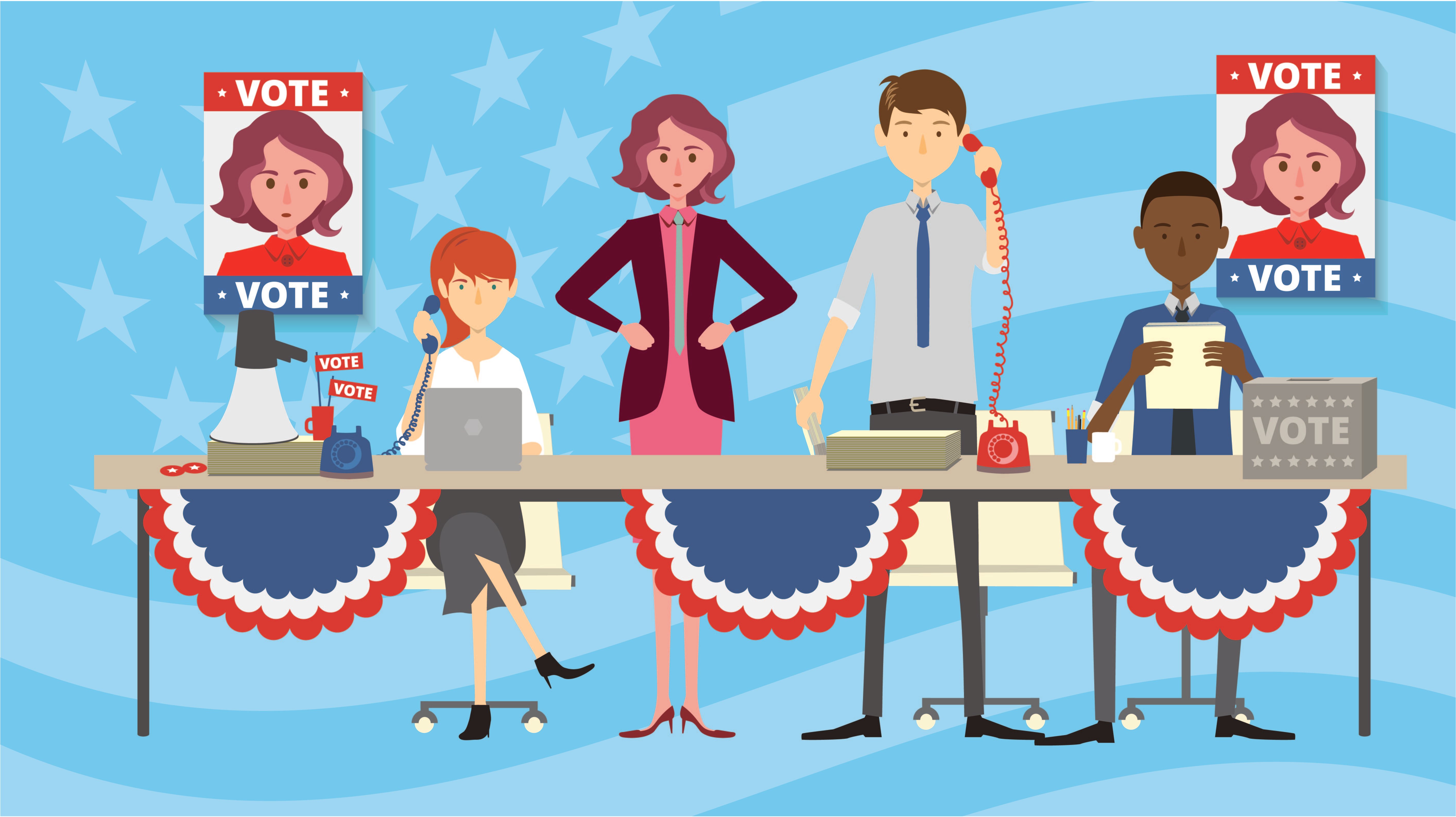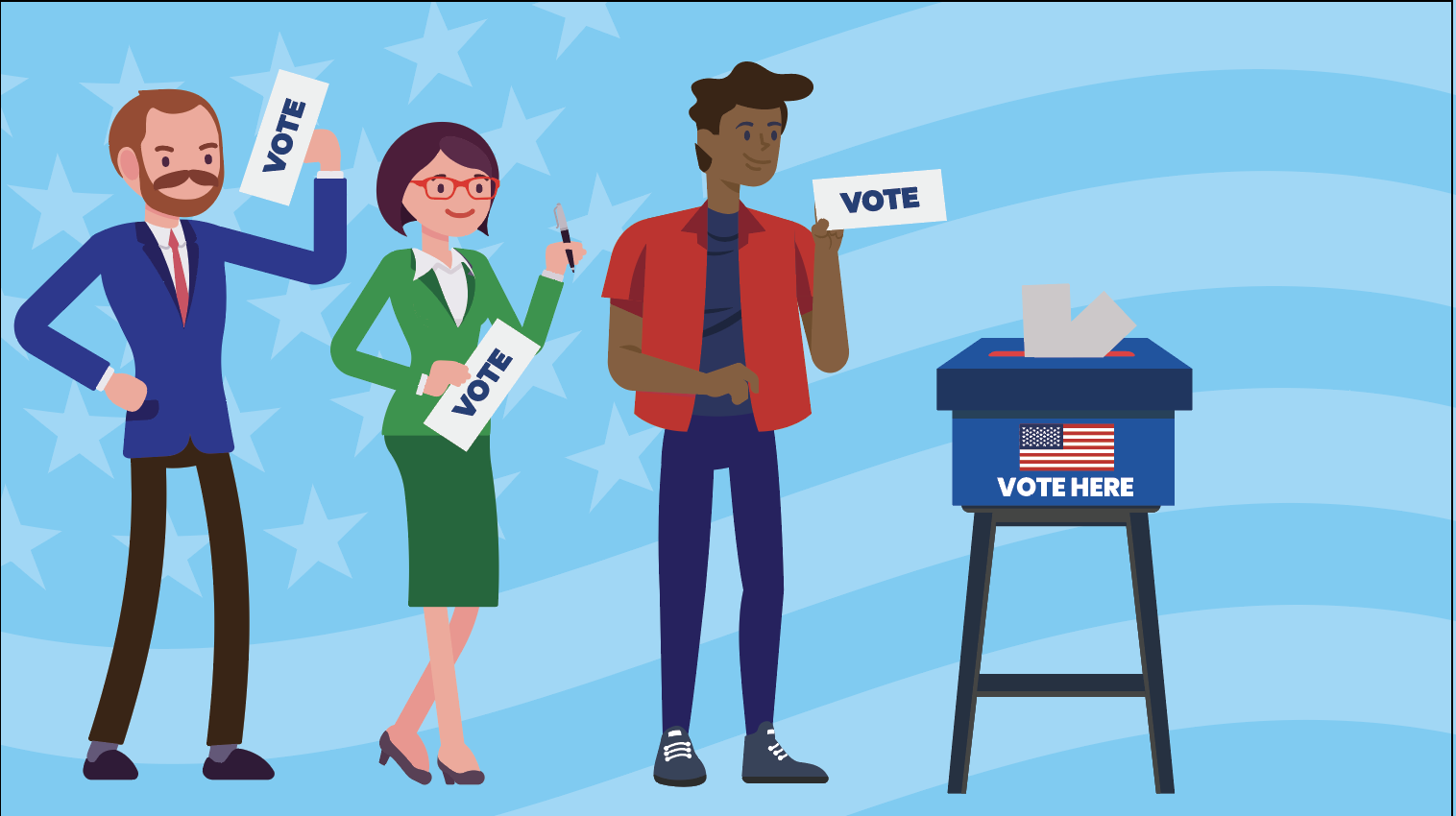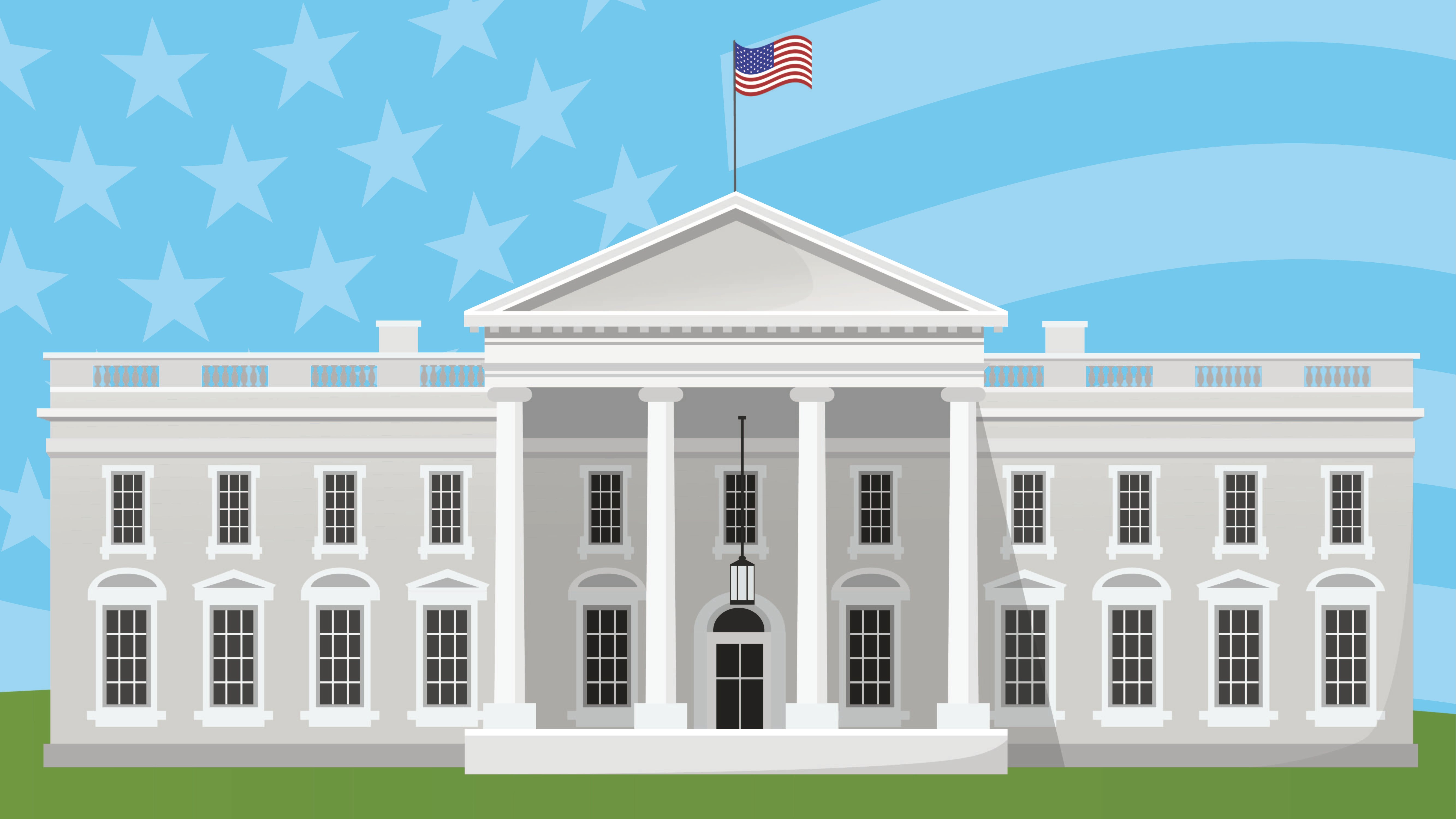Election season is here! The United States holds a presidential election once every four years. On November 5, voters across the U.S. will help choose the next leader of our country. Getting to Election Day is an exciting—but long—process.
There are many stops for candidates on road to the White House. Scroll down to find out more!





